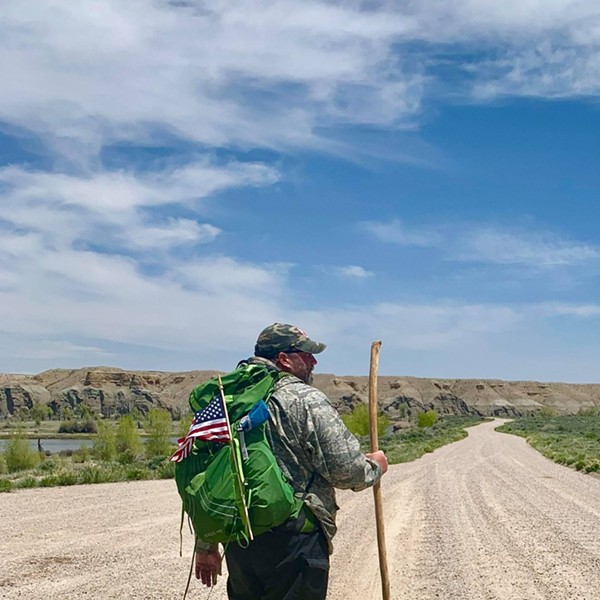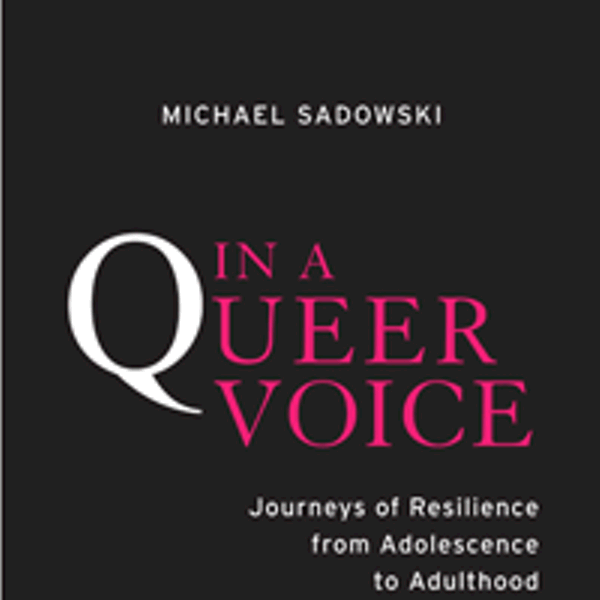Experimentation is a hallmark of adolescence, and that's not just because of social norms—it's biological. The human brain develops from back to front, with the prefrontal cortex, the part of the brain that's responsible for assessing consequences and regulating risk behavior and emotions, among other functions, being the last to develop.
Overcoming Invisibility
There's a fear that teen suicide is a social contagion, similar to pregnancy and smoking cigarettes—that open conversations at school assemblies and memorials might encourage struggling peers to be attracted to the attention and believe that social traumas can be vindicated through suicide. The conventional wisdom is to truncate the mourning period in an effort to avoid copycats and clusters.
New methods take into account the influence of social media. Amie Adams, a program director for Astor Clinics of Ulster and Dutchess County, explains that best practices are changing rapidly. "We can't stop the spread of info, so we want to make sure that the information that is going out there is the truth." The Maya Gold Foundation's approach is to provide programming that invites a larger conversation around a taboo topic and empowers mutually supportive communities of teens and adults.
Last February, in response to Maya's death, Astor worked with New Paltz High School to establish an independent and confidential clinic there, similar to partnerships with other districts, to complement the existing supports. The clinic works with kids and families to have safe talks and reduce access to OTCs, prescription drugs, sharp objects used for self-harm, and weapons. "I come from a proactive stance: In our clinical programs, we're checking in at every session and establishing a safe place to talk about this. If you've had a thought or a plan, we want to bring that to the table. It's something we can talk about in a clinical environment, and keep those lines of communication open."
A teen's suicide shines a light on how deadly loneliness and isolation can be. A natural drifting apart happens during adolescence as teens gravitate toward peers and away from parents. But for all their self-determination, resentment, and independence, teens are fragile. In his TEDx Talk, author Roy Petitfils frames overcoming his own adolescent obesity as an overcoming of invisibility. He says, "Rejection is not our greatest fear; our greatest fear is to be invisible." A therapist in Lafayette, Louisiana, an expert in understanding teenagers, Petitfils asserts that adult attention is a gift for teens, and that they are desperate to be seen.
"Teens are almost treated as second-class citizens," says Hannah Goichman, Maya's childhood friend and a Maya Gold Foundation teen advisor. Amelia Verderosa, another teen advisor, agrees, "People will hear us, but they're not actually listening. Teens realize that more than anyone." The teen advisory board was formed last spring, and comprises kids ages 13 to 18. Goichman explains, "The foundation's purpose is about Maya's legacy and what she stood for, more than about her death or the way she died." Verderosa never met Maya. She learned of the foundation when she performed at a fundraiser for the nonprofit with Vanaver Caravan. But, she says, "We all feel Maya coming through."
The foundation was incorporated a month after Maya's death, and has been evolving quickly. Ulster County, the Superintendents Association, and the police have all expressed interest in partnering. Omega Institute in Rhinebeck provided a grant for a weekend retreat. Having worked in the nonprofit world for 40 years, Gold knows the foundation's growth is remarkably fast. "People are just saying yes," Gold explains, "because there's a hunger for this. There's a need." At Omega, the foundation's board crafted long-term plan, which they nicknamed the BHAG (Big Hairy Audacious Goal): That the Maya Gold Foundation becomes widely recognized as a model community-based organization inspiring youth and adults to grow together.
The teen board developed their own mission: to give youth a voice. "Just being on the board, I already feel that way," says Goichman. She sits on the Thrive Review Committee, which so far has offered 13 grants for local teen programming using money collected through fundraising. Goichman says that going through the applications to determine whose purpose aligns best with the mission is the greatest thing she's done on the board. "Saying no didn't feel good, but I felt empowered by it. I had the ability to decide who gets our money."
















